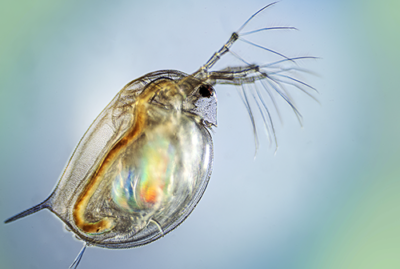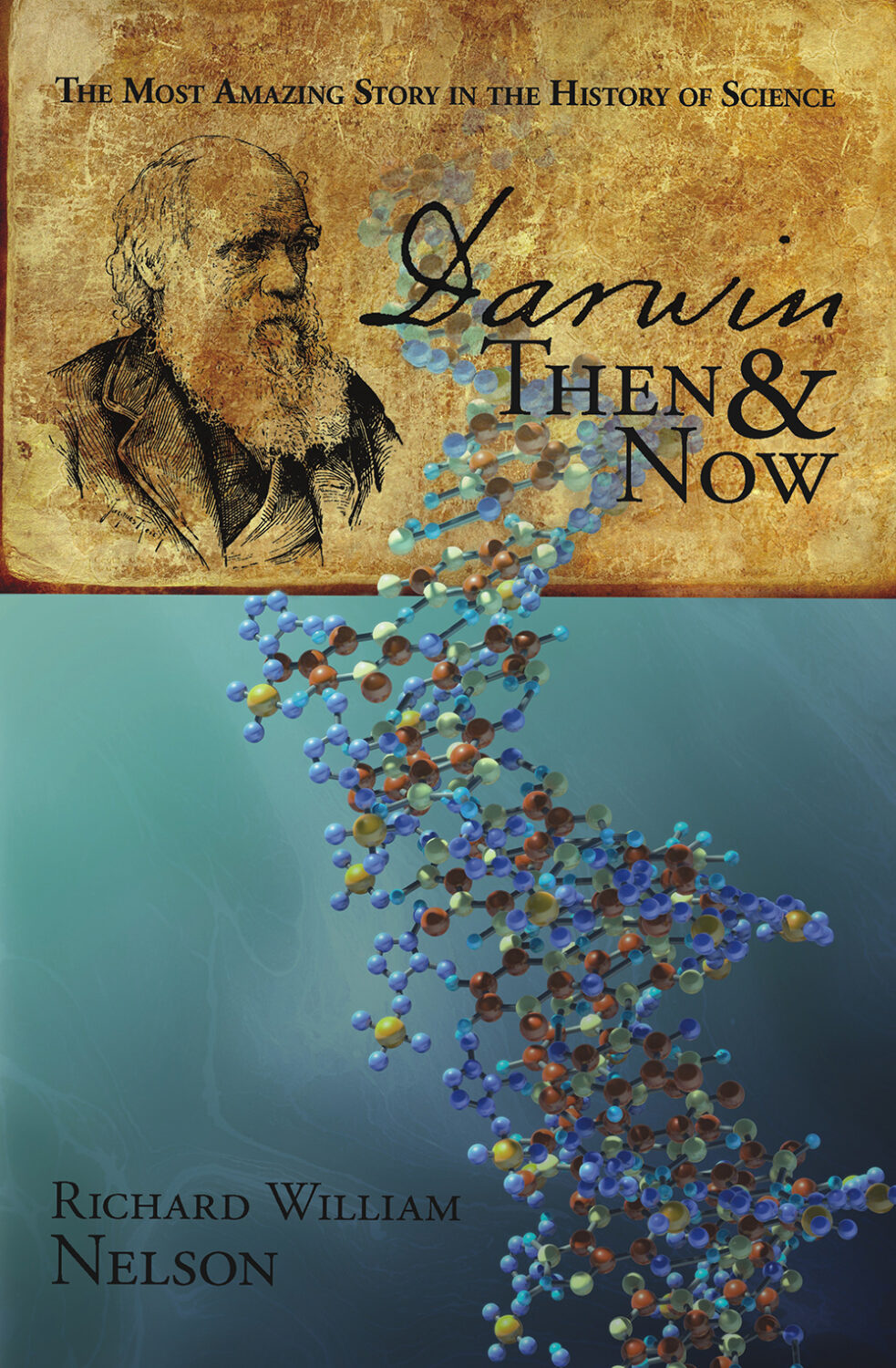by Richard William Nelson | Sep 7, 2024
 Selection is the third of the five principles of natural selection, abbreviated as V.I.S.T.A. Selection acts to bring things together, as recently observed in the water flea (pictured left).
Selection is the third of the five principles of natural selection, abbreviated as V.I.S.T.A. Selection acts to bring things together, as recently observed in the water flea (pictured left).
Selection is the core function of natural selection.
Niles Eldredge (pictured right below), paleontologist at the American Museum of Natural History, formulated the V.I.S.T.A. acronym to outline Charles Darwin’s five principles. While selection is Darwin’s most core principle, it is also the most controversial of the five.
Continue Reading
by Richard William Nelson | Jan 3, 2023
 Mendel rescued Darwin’s theory of natural selection early in the twentieth century – to a point.
Mendel rescued Darwin’s theory of natural selection early in the twentieth century – to a point.
By the end of the nineteenth century, Charles Darwin’s influence had continued to deteriorate, stemming from his obsolete theory of inheritance.
In the search for a scientifically valid theory, scientists, early in the twentieth century, rediscovered Gregor Mendel’s genetic inheritance theory, which had been published thirty years earlier.
Mendel’s theory delivered what Darwin missed – a scientifically valid theory of inheritance capable of driving evolution.
Continue Reading
by Richard William Nelson | Nov 8, 2022

Inheritance is the second of the five principles of natural selection, abbreviated as V.I.S.T.A. Niles Eldredge, a paleontologist at the American Museum of Natural History, formulated the acronym to understand Darwin’s theory of evolution.
For the museum’s Darwin exhibit, Eldridge uses the acronym to explain how the principles of variation, inheritance, selection, time, and adaptation drive natural selection. Inheritance is the second principle of Charles Darwin’s concept of natural selection.
In 1837, nearly twenty years before publishing The Origin of Species, Darwin drew his first sketch linking species by inheritance (pictured left).
Continue Reading
by Richard William Nelson | Aug 17, 2022

Variation is the first of the five principles of natural selection, abbreviated as V.I.S.T.A. Niles Eldredge, a paleontologist at the American Museum of Natural History, formulated the acronym to understand Darwin’s theory of evolution.
For the museum’s Darwin exhibit, Eldridge uses the acronym to explain how the principles of variation, inheritance, selection, time, and adaptation drive natural selection. Variation is the first principle of Charles Darwin’s concept of natural selection.
Continue Reading
by Richard William Nelson | May 27, 2022
 Logic and science play crucial roles in understanding how nature works. Importantly, however, there are distinct types of logic and methods in science. Selecting the appropriate type of logic and science is crucial for developing scientifically valid explanations.
Logic and science play crucial roles in understanding how nature works. Importantly, however, there are distinct types of logic and methods in science. Selecting the appropriate type of logic and science is crucial for developing scientifically valid explanations.
Charles Darwin applied various logic and scientific methods in his life-long quest to explain how Earth’s biosphere works. The story of his quest is fascinating, giving insight into how the interplay of logic and science still influences modern evolution research.
Continue Reading
 Selection is the third of the five principles of natural selection, abbreviated as V.I.S.T.A. Selection acts to bring things together, as recently observed in the water flea (pictured left).
Selection is the third of the five principles of natural selection, abbreviated as V.I.S.T.A. Selection acts to bring things together, as recently observed in the water flea (pictured left).
 Mendel rescued Darwin’s theory of
Mendel rescued Darwin’s theory of 


